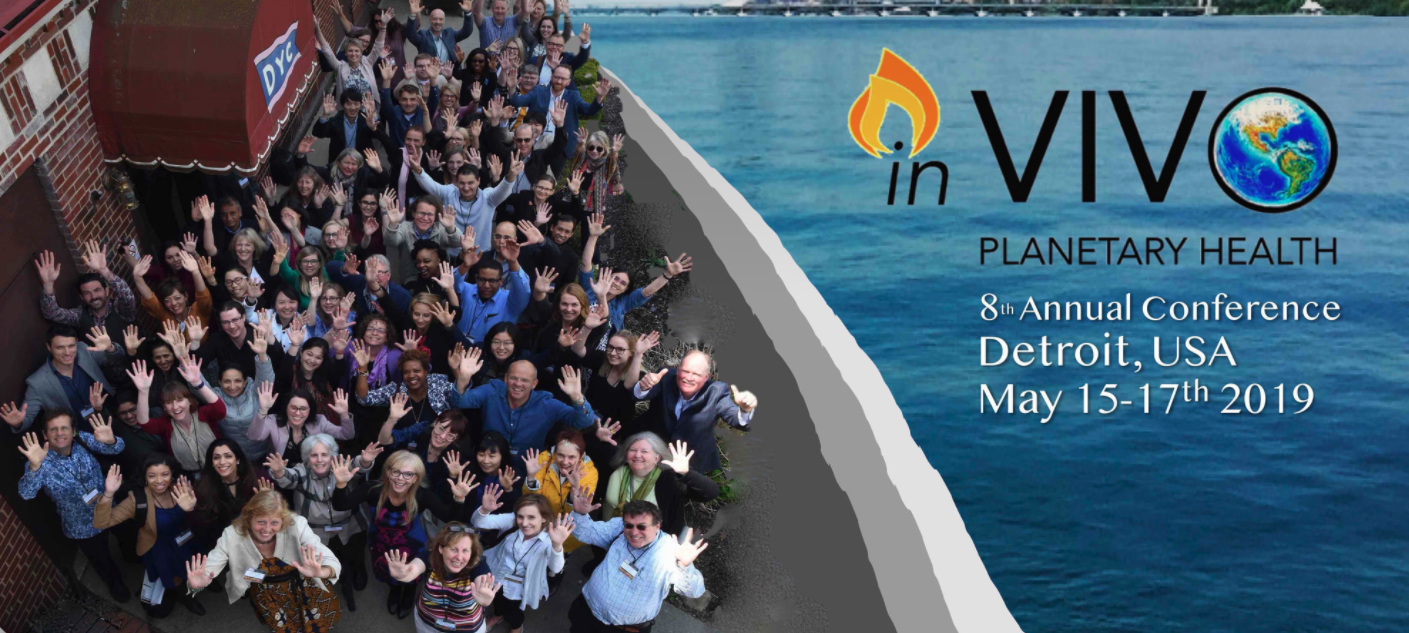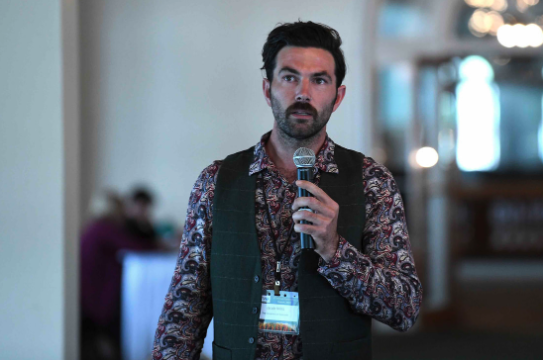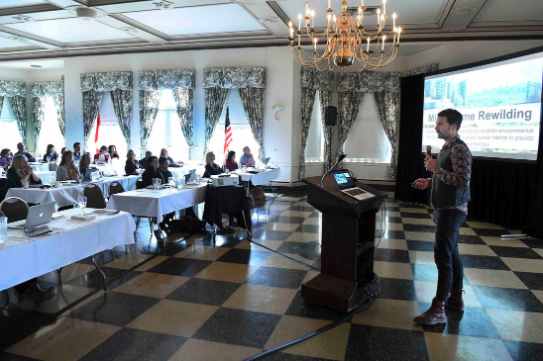Urban habitat restoration: Rewilding of urban microbiota through native revegetation of urban green spaces



Jacob Mills, Andrew Bissett, Martin Breed, Nick Gellie, Andrew Lowe, Caitlin Selway, Torsten Thomas, Philip Weinstein, Laura Weyrich
ABSTRACT
Humans, like all multi-cellular life, evolved in a microbial world where coevolution with symbiotic microbiota was, and still is, unavoidable. This coevolution has created a symphony of biological processes involved in human development, such as signaling for the development of mature organs and immune functions. Therefore, the inhibited colonization of humans by microbiota from an unnatural human habitat, such as an industrialized city, leads to negative health outcomes. Epidemic rates of non-communicable diseases (e.g. chronic inflammatory and autoimmune diseases) continue to rise in industrialized urban societies. It is hypothesized that this trend will continue until lifestyle factors that improve the state of the symbiotic microbiota are adopted. These factors include diversifying diets, reducing antibiotic use, and increasing exposure to biodiversity. Plants, the primary producers in biodiverse environments, form their own complex microbial symbioses. Previous work has shown that restoring plant communities in wild settings changes the environmental microbiome. This occurs through genetic and environmental factors selecting for symbionts, and the attraction of other animals which bring their own microbiota. Therefore, restoration can be used to shape the environmental microbiome, a key source of symbiotic human microbiota. We have previously proposed that Microbiome Rewilding, the restoration of urban biodiversity to improve the interaction between urban residents and environmental microbial diversity, can be a public health intervention by restoring the microbial exposure of urban residents to a more natural state. Here, I will discuss the evidence for biodiversity acting as a mediator of public health through microbial ecology, some knowledge gaps of Microbiome Rewilding, and some of our own findings showing the relationships between urban vegetation diversity and soil microbiome structure.